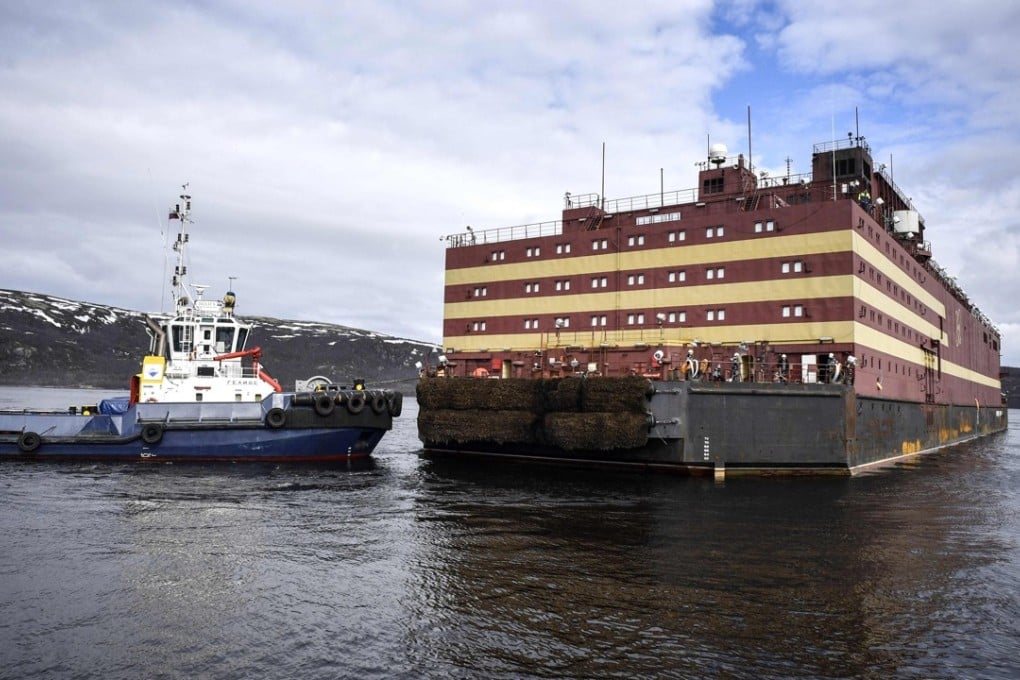Russia launches world’s first floating nuclear power station as part of its plan to develop oil resources in Arctic
As Russia is forced to push further north into the Arctic in the search for oil and gas, it needs electricity in far-flung locations

To meet its growing electricity needs in its drive to develop oil resources in remote Arctic regions, Russia has built a floating nuclear power station, a project that detractors deride as a “Chernobyl on ice”.
Built in Saint Petersburg, the Akademik Lomonosov is currently moored in Murmansk where it is being loaded with nuclear fuel before heading to eastern Siberia.
On Saturday, head of state nuclear power firm Rosatom unveiled the brown-and-mustard-painted facility in the city’s estuary as an orchestra played the national anthem.
Rosatom chief Alexei Likhachev hailed the new power station as “a new world first,” which he said “underlines the undoubted leading role of Rosatom and the Russian nuclear energy sector on the global agenda.”
“I hope today will be a symbolic day for the Arctic,” Likhachev said, adding that Rosatom “is setting a trend, a demand for medium-capacity nuclear facilities, mobile facilities, for many decades ahead.”
The 144-by-30-metre (472-by-98-foot) barge holds two reactors with two 35 megawatt nuclear reactors that are similar to those used to power icebreaker ships.